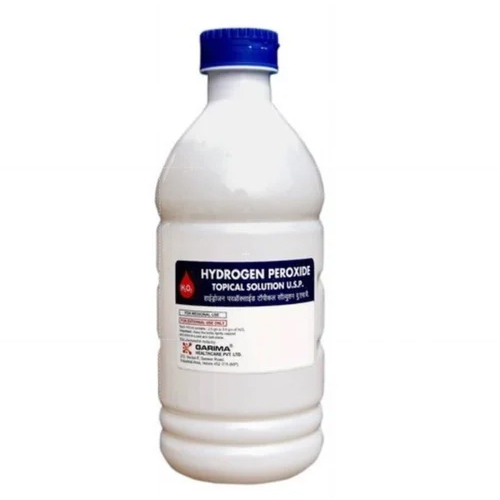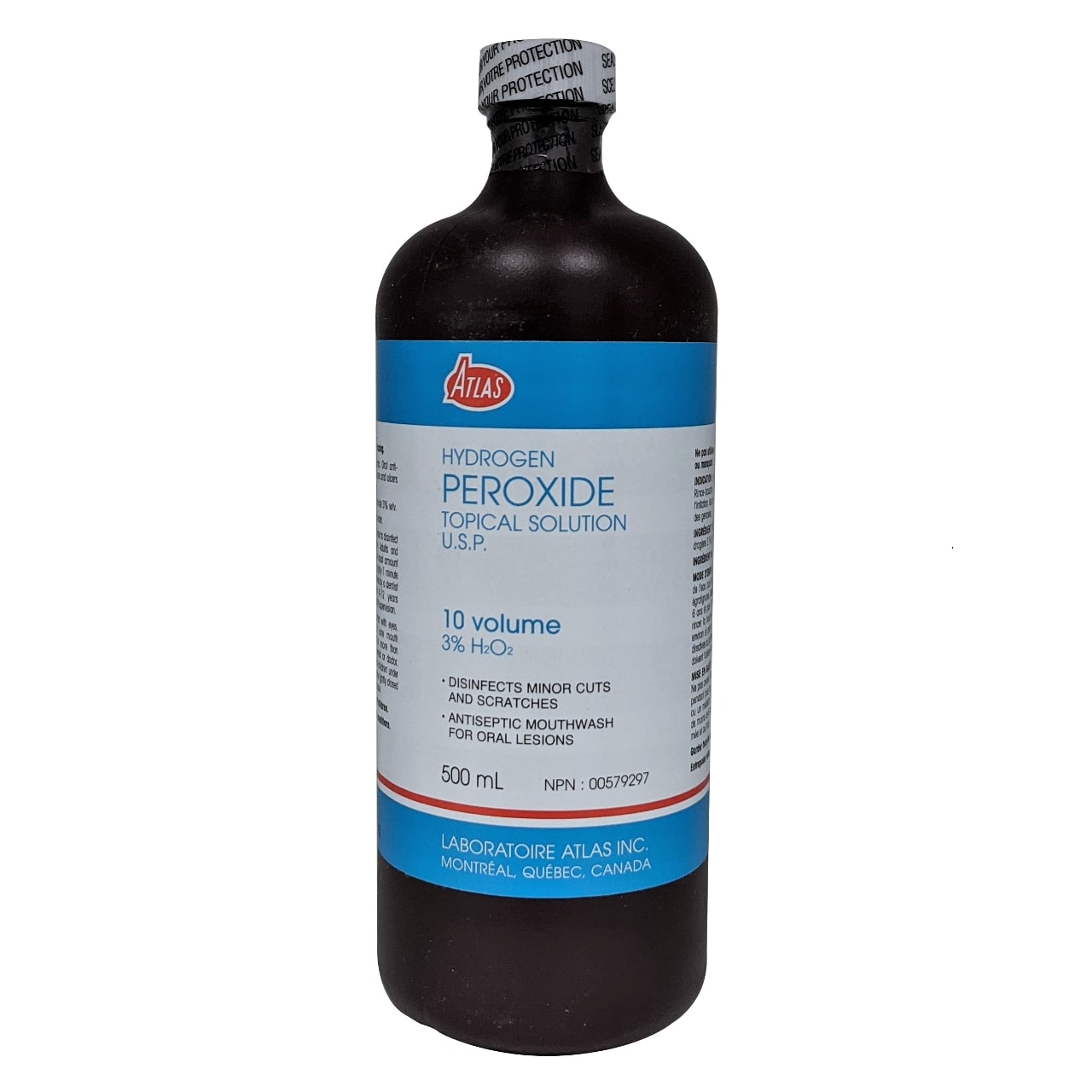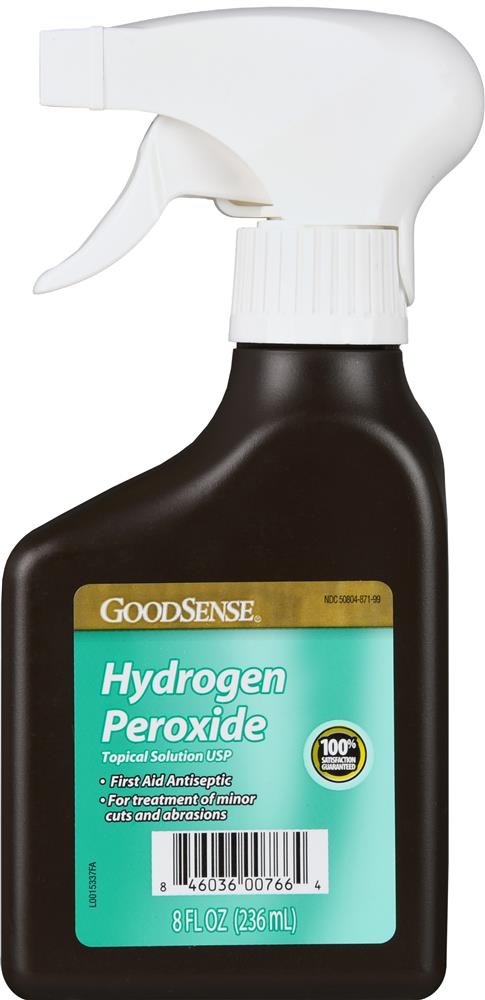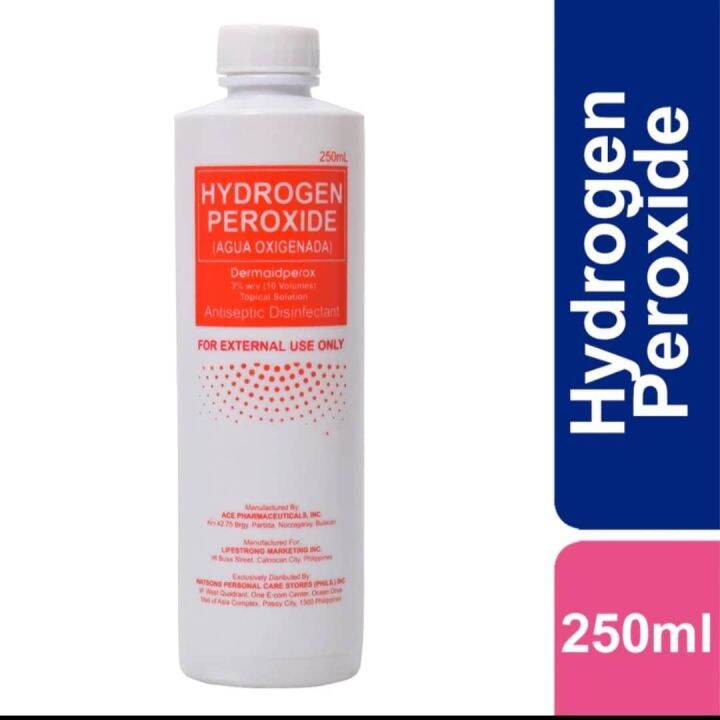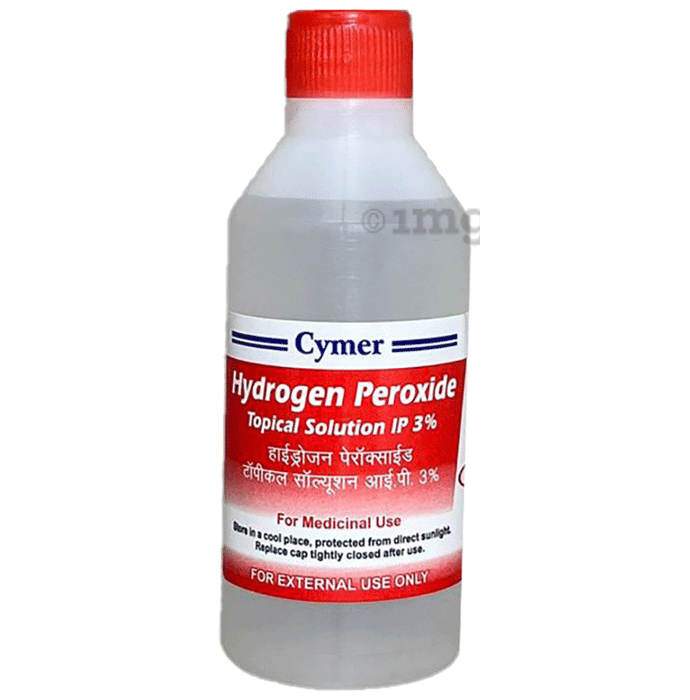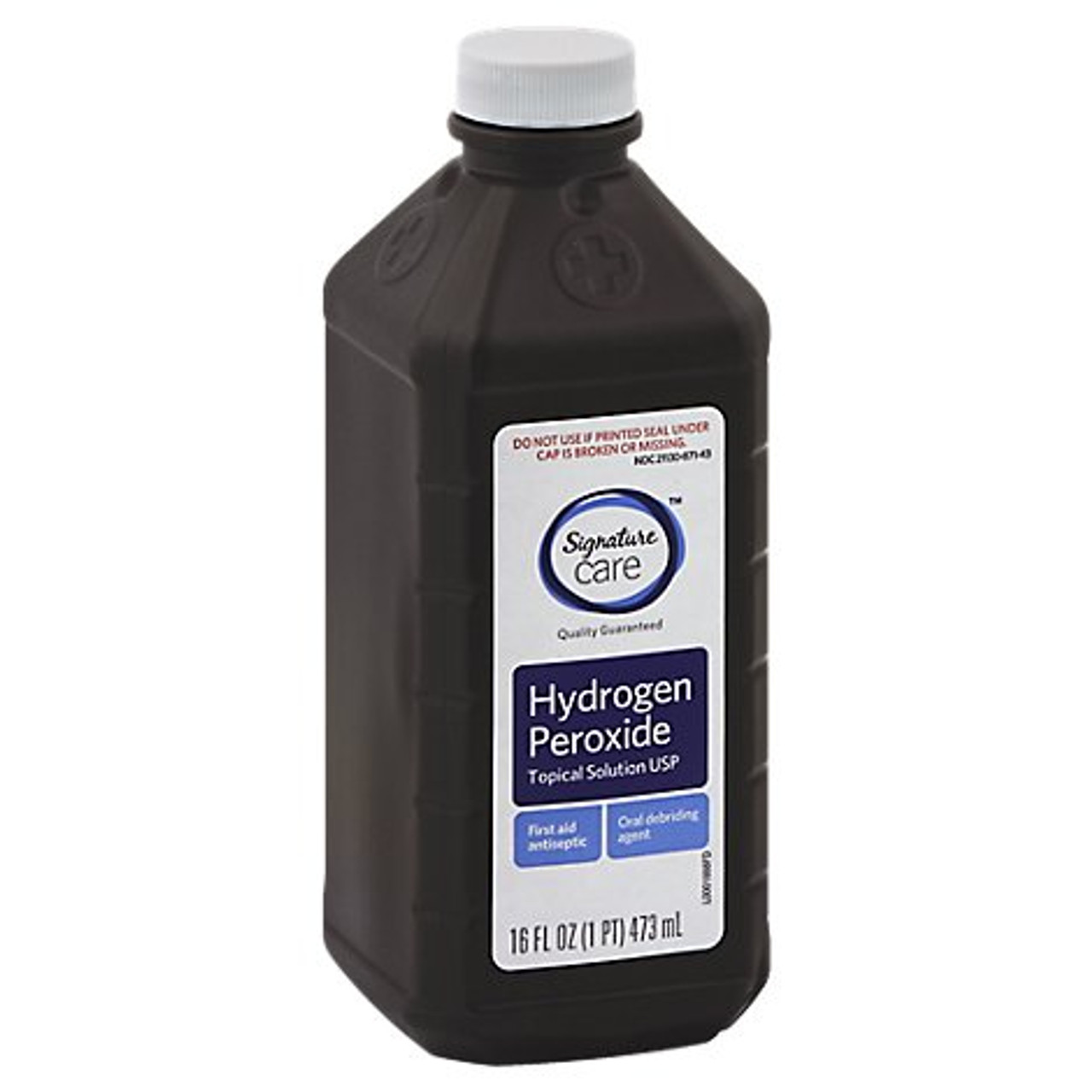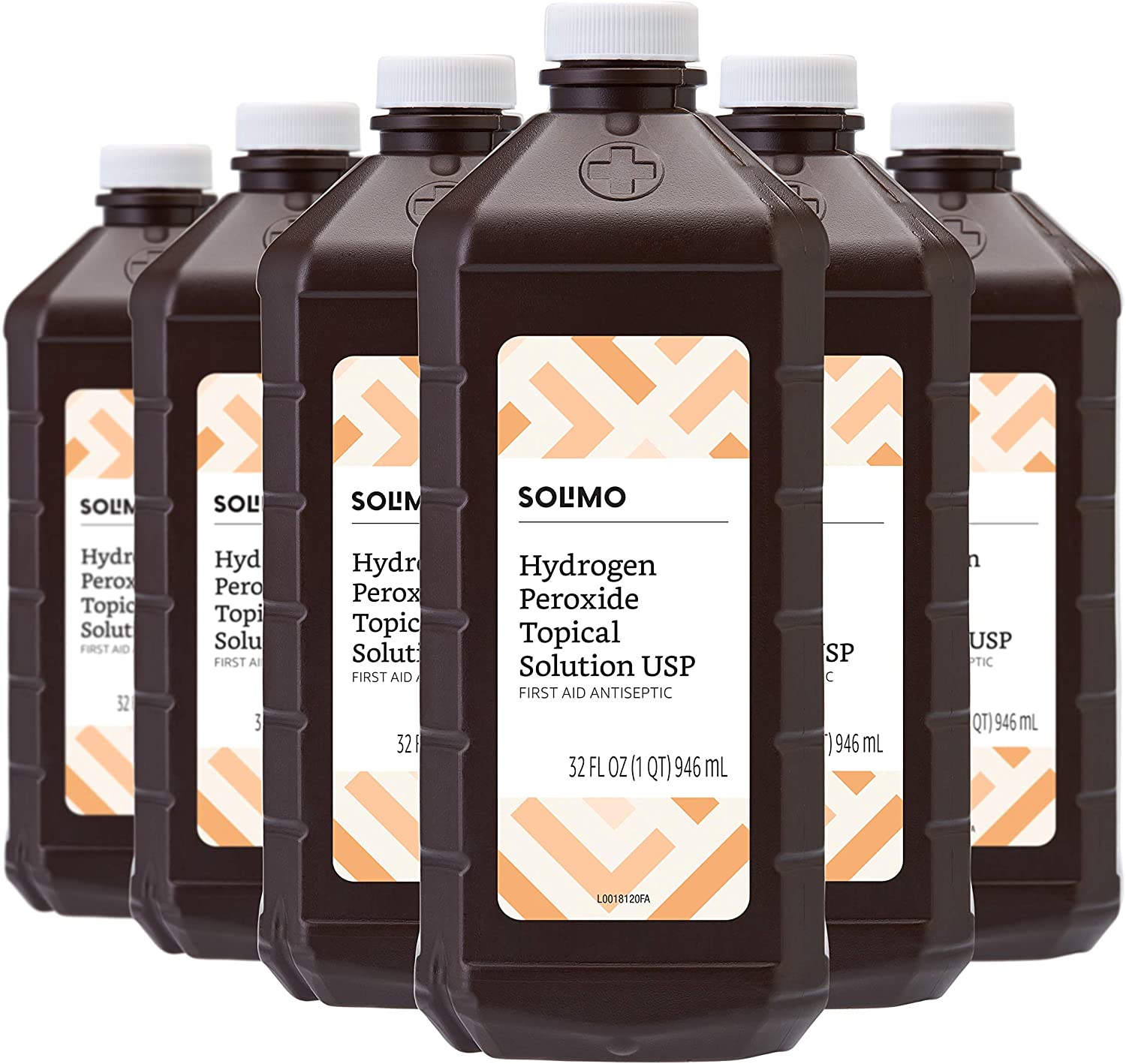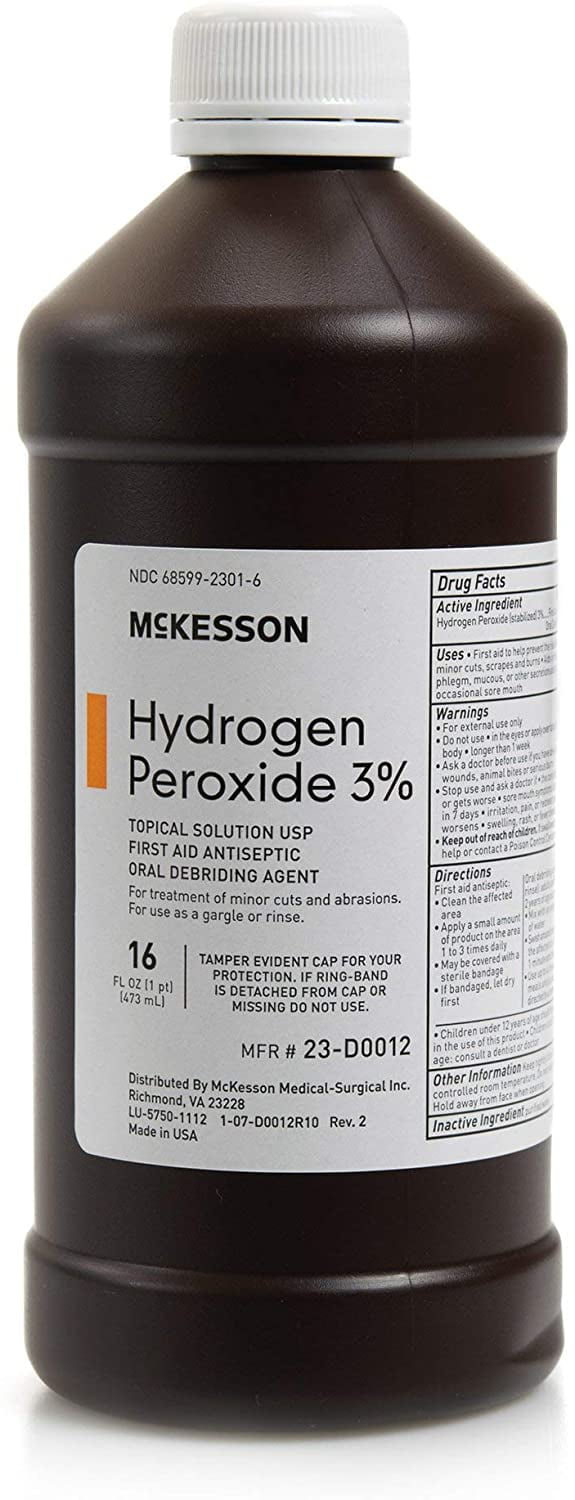Hydrogen Peroxide 40 Topical Solution For Sale

The availability of Hydrogen Peroxide 40 Topical Solution for sale has recently garnered attention, sparking discussions across various online platforms and raising questions among consumers and medical professionals alike. This concentrated solution, significantly stronger than the common household antiseptic, is typically used in specialized industrial and professional settings. Its emergence in retail channels, albeit limited, necessitates a closer examination of its intended applications, potential risks, and regulatory oversight.
The crux of the matter lies in understanding that Hydrogen Peroxide 40 Topical Solution is not intended for general consumer use. Its primary applications revolve around industrial cleaning, water treatment, and certain niche medical procedures performed by trained professionals. The concentration poses significant hazards if mishandled, leading to concerns about accidental exposure and misuse.
The Product and Its Intended Use
Hydrogen Peroxide 40 Topical Solution, as the name suggests, contains approximately 40% hydrogen peroxide. This is a stark contrast to the 3% solution commonly found in household medicine cabinets. According to safety data sheets (SDS) readily available online, the 40% solution is a powerful oxidizing agent requiring stringent safety precautions.
Industrial applications leverage its strong oxidizing properties for bleaching, disinfection, and chemical synthesis. In medical settings, it might be used under strict supervision for specific dermatological treatments or wound care, but only by qualified medical personnel.
Availability and Distribution
The solution's availability appears to be primarily online, through specialized chemical suppliers and some third-party e-commerce platforms. While some retailers may offer it for sale, accessibility remains limited compared to lower concentration solutions. This restricted distribution is likely due to the inherent risks associated with the product.
However, the ease with which individuals can potentially acquire it online raises concerns. There is a worry that proper warnings and usage instructions might not adequately reach all potential buyers. This lack of information could lead to unintentional misuse and subsequent adverse health effects.
Potential Risks and Safety Concerns
The primary risk associated with Hydrogen Peroxide 40 Topical Solution is its corrosive nature. Direct contact with skin or eyes can cause severe burns, blistering, and even permanent damage. Ingestion can lead to internal organ damage, while inhalation of concentrated vapors can irritate the respiratory system.
According to the Occupational Safety and Health Administration (OSHA), handling high concentrations of hydrogen peroxide requires the use of personal protective equipment (PPE), including gloves, eye protection, and appropriate ventilation. Failure to adhere to these safety measures significantly increases the risk of injury.
Dr. Emily Carter, a dermatologist at a leading medical center, emphasized the dangers of using such a concentrated solution without professional guidance. "Applying 40% hydrogen peroxide directly to the skin without proper dilution and supervision is extremely dangerous and can result in severe chemical burns and scarring," she stated.
Regulatory Oversight and Consumer Protection
The sale and distribution of Hydrogen Peroxide 40 Topical Solution are subject to regulations by various agencies, including the Environmental Protection Agency (EPA) and the Food and Drug Administration (FDA), depending on its intended use. These regulations aim to ensure that products are properly labeled, packaged, and distributed to minimize potential hazards.
However, the online marketplace presents unique challenges to regulatory oversight. Ensuring that all online vendors comply with labeling requirements and adequately warn consumers about the risks associated with the product is difficult. The potential for misrepresentation or inadequate disclosure remains a significant concern.
The Human Element
One incident involved a young woman who attempted to use a similar concentration of hydrogen peroxide for a DIY teeth whitening procedure she found online. The result was severe gum damage and significant pain, requiring extensive dental treatment. This case highlights the dangers of relying on unverified online information and the importance of seeking professional advice before using potentially hazardous substances.
Stories like these serve as cautionary tales, reminding consumers of the potential consequences of misusing powerful chemical solutions. While access to information is readily available, discernment and caution are crucial when dealing with products that carry significant risks.
Conclusion
The availability of Hydrogen Peroxide 40 Topical Solution for sale raises important questions about consumer safety and regulatory oversight. While the product has legitimate industrial and professional applications, its accessibility to the general public necessitates greater awareness of the potential risks and the importance of responsible handling. Consumers should always prioritize safety and seek expert advice before using any product with potentially hazardous properties.
